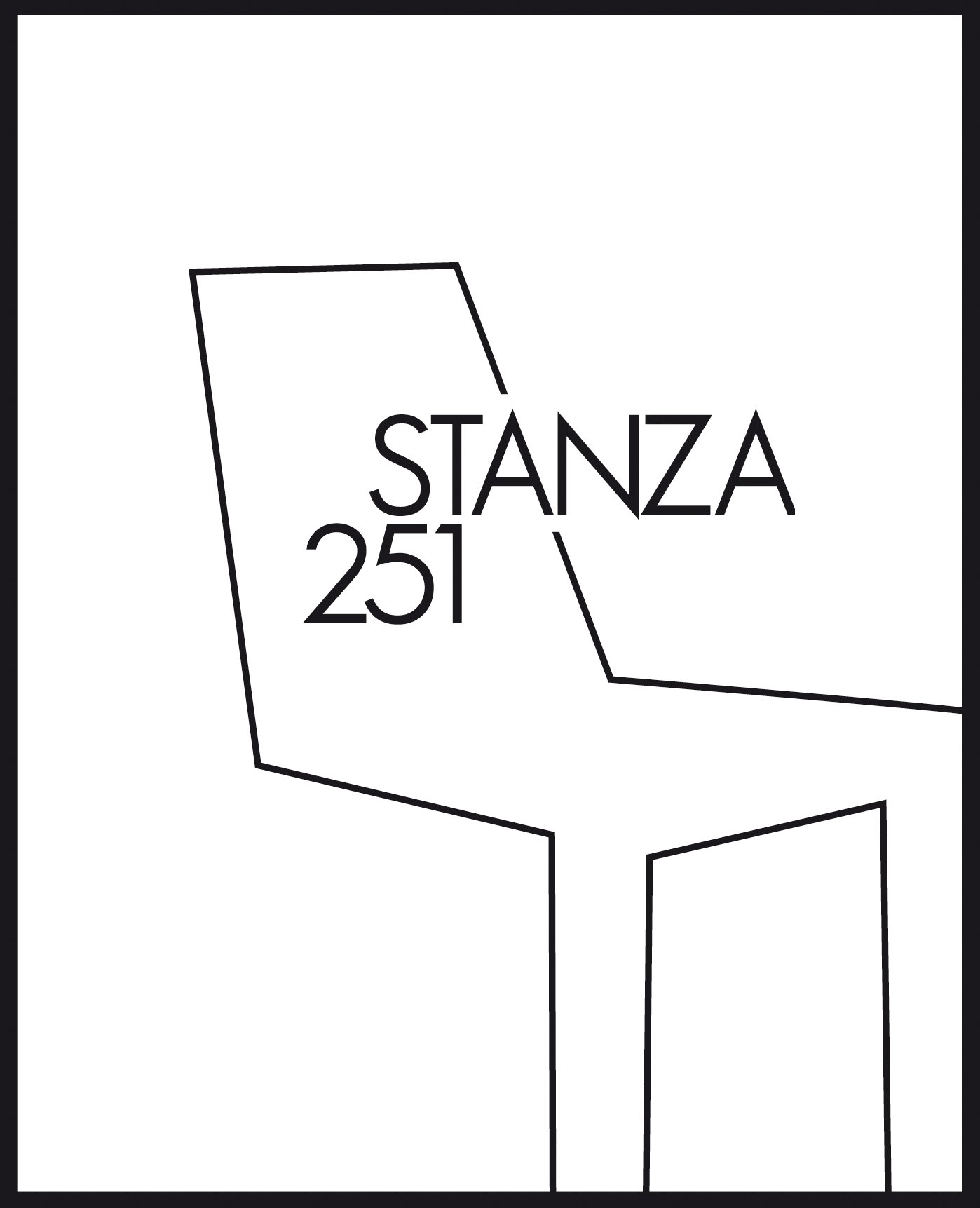The (Other) Room
Somewhere between convent, sorority house, and unwed mothers' home is The Room.
Hardly a cohesive or finite unit, The Room sprawls and loops through eccentrically compartmentalized times and spaces.
Originally conceived and constructed as The Model Home of the Future at the 1939 World's Fair , The Room was supposed to have been dismantled at the outbreak of WW2. Whether this actually happened or not is immaterial. The Room exists, somewhere.
Residents materialize and vanish at unpredictable intervals. Newcomers have the same status as regular guests and permanent occupants. They choose the dimensional zones they wish to inhabit, on their own, or in company.
Open the closet doors, pull the drawers. They’re not empty. There are clothes in there that women want to wear. Personal accessories are passed around without question, upon request.
Clothes wash and iron themselves. Food appears, cooked or raw. Dirty dishes vanish into the ether.
The furniture is sober, comfortable, permanently futuristic. Beds and chairs adapt to the women's bodies.
The bathrooms are equipped with showers, tubs, bidets. There's no need for any other accoutrements in them. Body functions are non-existent, in The Room.
Other, more earthy needs are satisfied by non-dominant, non-paternalist means.
***
La Stanza
Tra convento, sorellanza, casa per ragazze madri è La Stanza.
Per niente una coerente unità definita o demarcata, La Stanza si sviluppa in modo eccentrico per aree ed epoche compartimentalizzate.
Originalmente concepita e realizzata come Casa Modello del Futuro al World's Fair del 1939, La Stanza avrebbe dovuto essere smantellata quando è scoppiata la Seconda Guerra Mondiale. Se tale demolizione è avvenuta o meno è immateriale. La Stanza esiste, da qualche parte.
Le abitanti appaiono e svaniscono a degli intervalli imprevedibili. Le nuove arrivate godono degli stessi privilegi delle gradite ospiti abituali e quelle permanentemente alloggiate. Scelgono da sé le zone dimensionali che vogliono abitare, da sole o con altre.
Aprite gli armadi, tirate i cassetti. Contengono vestiti che le gradite ospiti si vorranno mettere. Gli accessori personali e comunali vengono scambiati su richiesta, senza problemi.
Gli abiti si lavano e si stirano da soli. Il cibo si materializza, crudo o cotto. Le stoviglie unte spariscono nell'etere.
I mobili sono sobri, comodi e permanentemente avveniristici. Letti e sedie si modellano per conformare alle forme delle donne.
I bagni sono forniti di docce, vasche da bagno, bidet. Non sono necessari altri recipienti. Le funzioni del corpo non sussistono, ne La Stanza.
Altre esigenze biologiche vengono soddisfatte da mezzi non-paternalisti.














